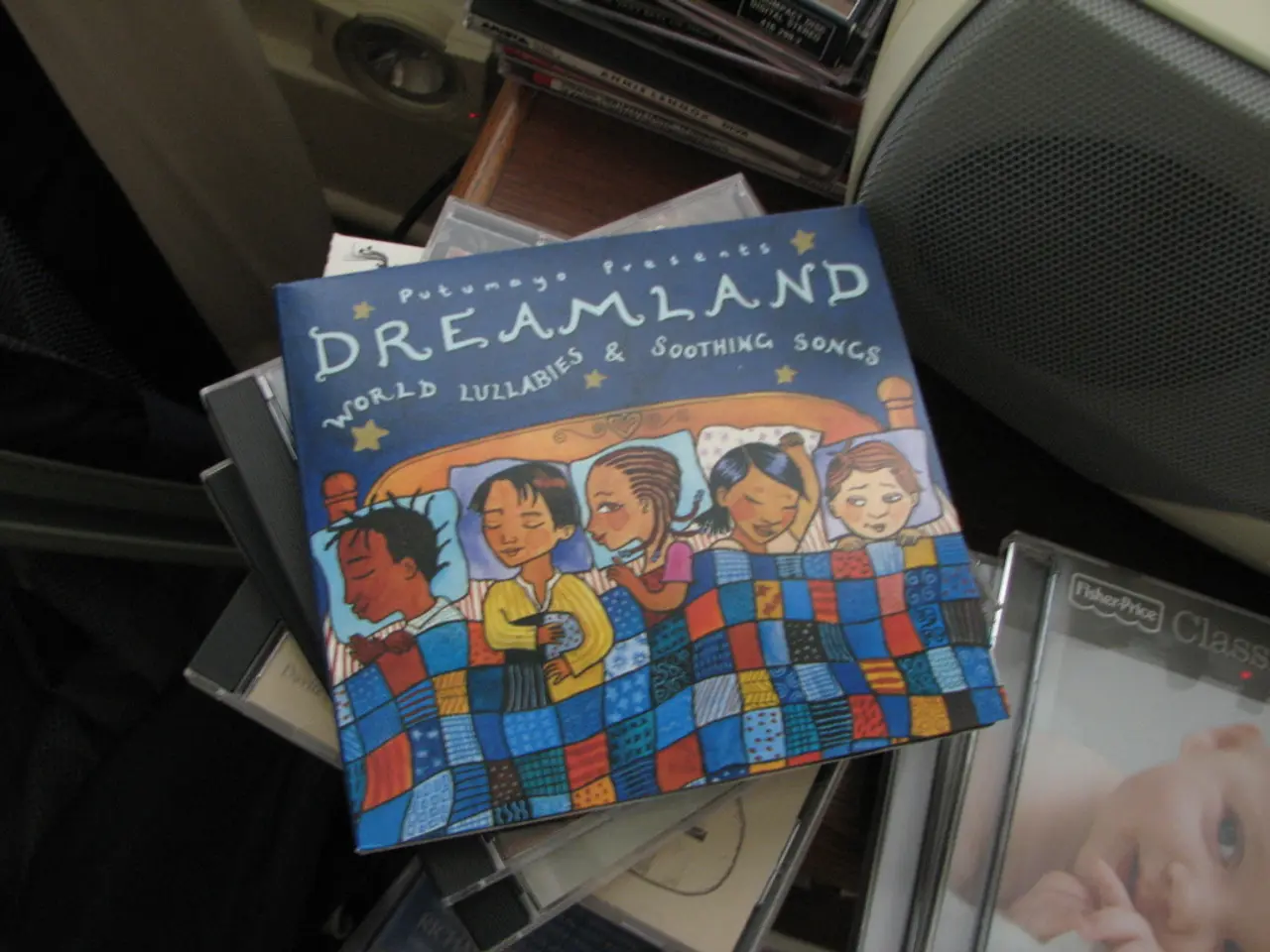Tokenizing through Dictionaries in Natural Language Processing
In the realm of Natural Language Processing (NLP), dictionary-based tokenization is a method that splits text into tokens using a predefined dictionary of words, phrases, and expressions. This approach is particularly useful for handling complex entities like locations, names, or other specific terms that should remain intact.
The Tokenization Process
The process of dictionary-based tokenization typically involves four steps:
- Input Text Processing: The raw text is provided as input.
- Dictionary Lookup: The tokenizer checks the text against its dictionary, which contains both single words and multi-word expressions.
- Token Matching: If a sequence of words matches an entry in the dictionary, it is extracted as one token.
- Handling Unmatched Words: Words or expressions not found in the dictionary are either left as individual tokens or further decomposed (e.g., into subwords or characters) to handle out-of-vocabulary cases.
Maintaining Semantic Integrity
By leveraging a dictionary of multi-word expressions, dictionary-based tokenization groups such expressions into single tokens, maintaining their semantic integrity in downstream NLP tasks. Tools like NLTK’s MWETokenizer utilize this method by letting users supply a list of multi-word expressions that the tokenizer then uses during tokenization to group those expressions together.
Example and Limitations
For instance, in Named Entity Recognition (NER), the phrase "New York" should be recognized as one token, not two separate words ("New" and "York"). However, it's important to note that the dictionary may not be comprehensive enough to handle all possible variations or new terms in the text.
In the example sentence "San Francisco is part of the United Nations," dictionary-based tokenization results in .
Preparation and Cleaning
Before tokenization, the text is cleaned by removing punctuation marks, stop words, or any irrelevant characters. Visualizing the tokenization output can help confirm whether multi-word expressions are accurately grouped as single tokens.
Speed and Efficiency
Compared to more complex techniques that rely on machine learning models, dictionary-based tokenization is faster. It's an easy-to-implement approach that doesn't require a large amount of training data.
In conclusion, dictionary-based tokenization is a valuable tool in NLP for treating multi-word expressions as a single token, ensuring their semantic meaning is preserved in various NLP tasks.
Technology in data-and-cloud-computing settings can utilize arrays to optimize the trie data structure used in dictionary-based tokenization. By employing arrays to manage the trie nodes, data efficiency can be improved, allowing for quicker lookups and reduced memory usage.
In the field of data-and-cloud-computing, the efficient handling of dictionary-based tokenization using optimized data structures like trie arrays can significantly enhance NLP tasks' speed and performance, consequently improving overall systems' scalability and reliability.




